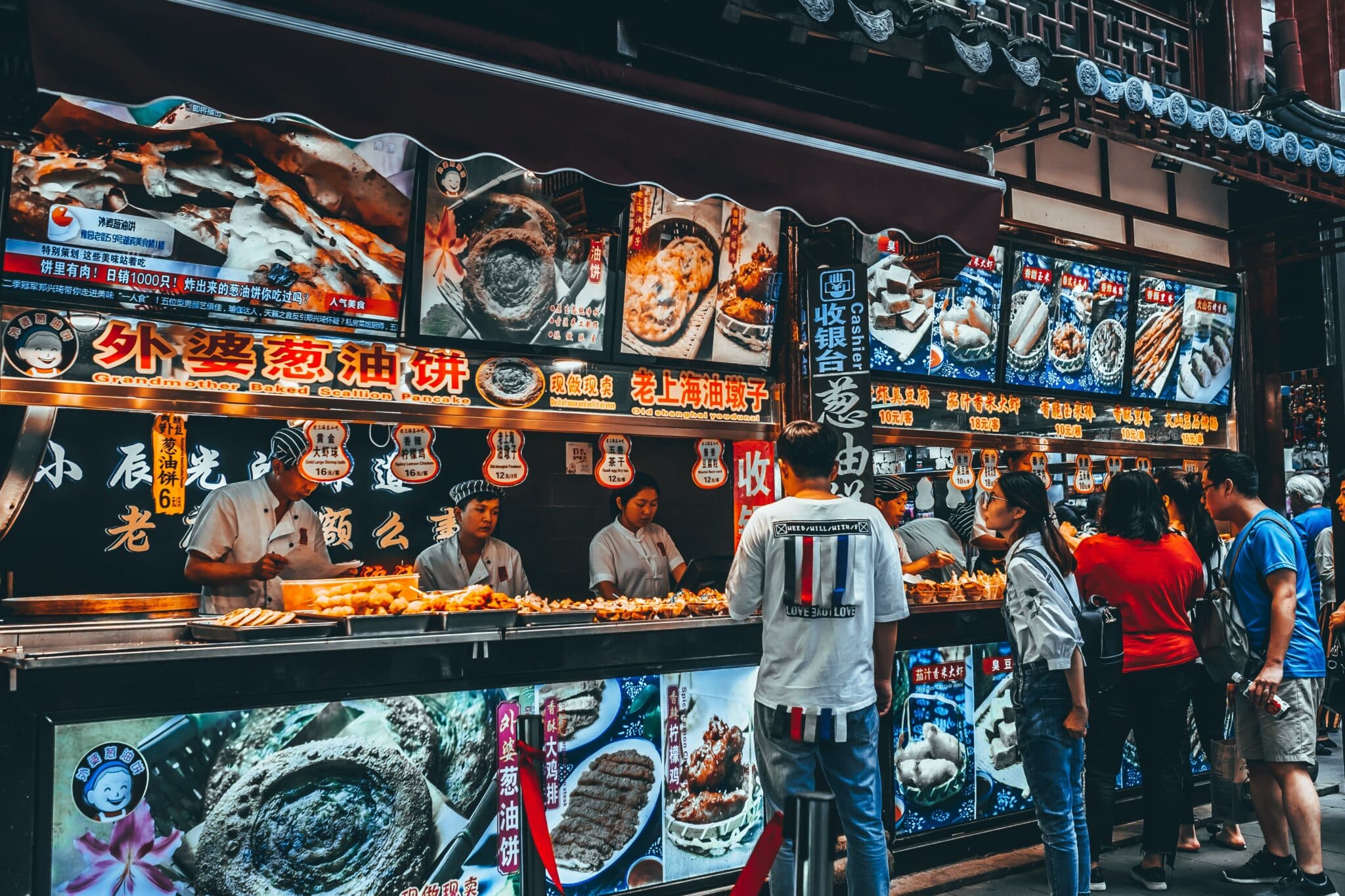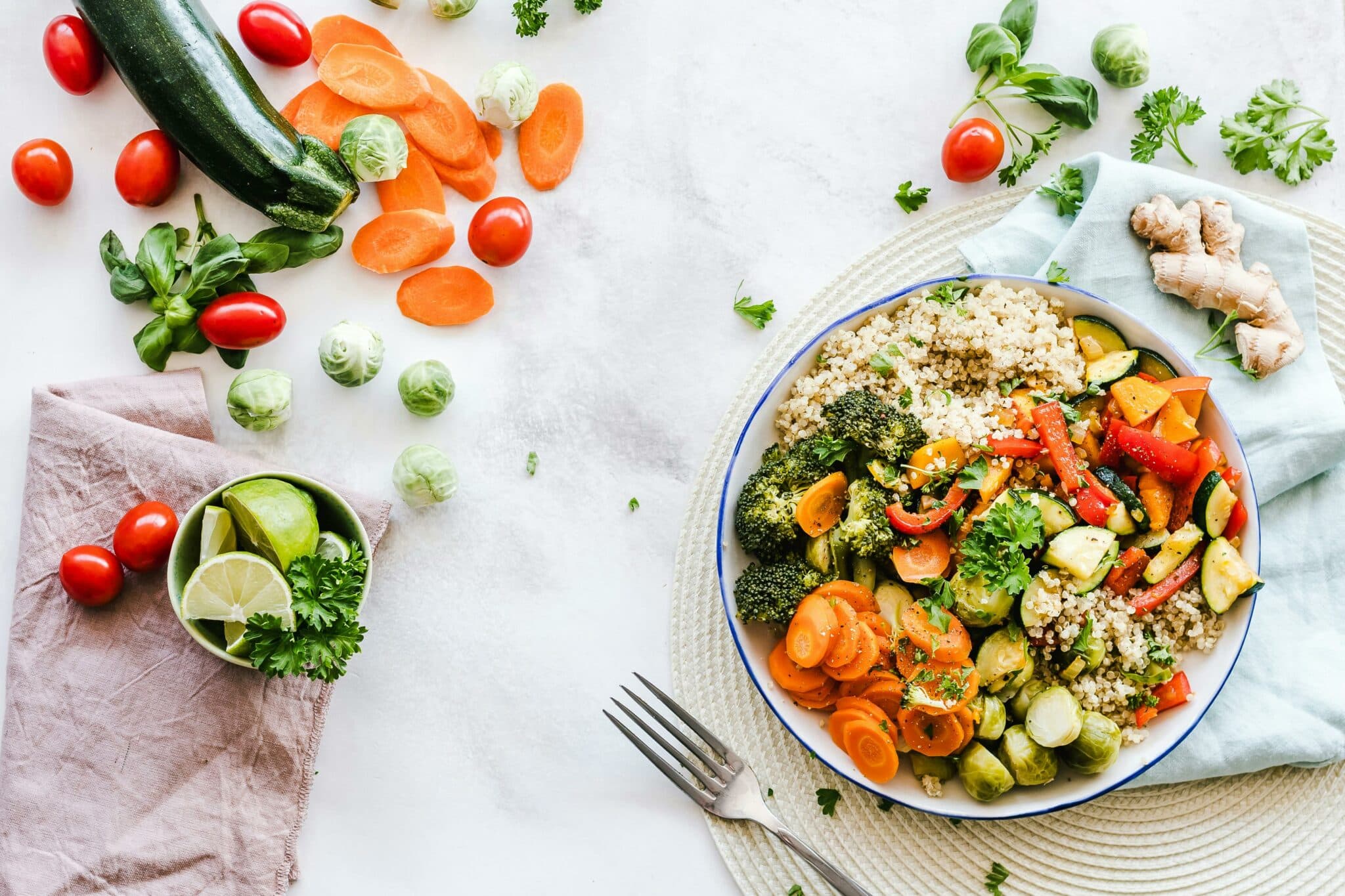5 Chinese Street Foods You Should Try During Your Visit to China [+ Health Tips]

After three years of strict COVID restrictions, China finally reopened its borders to travelers from all over the world. Renowned for its rich history, breathtaking landscapes, and vibrant culture, China has always captivated the imagination of wanderlust-filled souls. However, no trip to China can be considered complete without trying authentic Chinese food. And this is what this post is all about.
Today, we’ll share five Chinese street foods you should try during your trip. Our list includes:
- Baozi (Chinese dough buns)
- Rou jia mo (Chinese burger)
- Jianbing (Chinese crepes)
- Jiaozi (Chinese dumplings)
- Chi faan (Chinese rice balls)
Finally, we’ll provide some essential health tips you should consider before indulging in Chinese street food.
Ready? Let’s get started.
Baozi (Chinese dough buns)
Baozis are a staple of Chinese cuisine, they’re dough buns generally filled with barbecued pork and/or vegetables. However, you can also find their sweet version with fillings like custard, red bean paste, or sugary black sesame seed.
They’re prepared with steam in steaming trays made of bamboo and come in two sizes:
- The popular Dabao, meaning « big buns, » commonly found among street vendors
- The smaller Xiaobao, or « small buns. »
Baozis’ average price is 1 yuan.
Rou jia mo (Chinese burger)
Rou jia mo is similar to the American burger, but with a few differences:
- The meat is shredded
- It features thinner buns
- It’s flavored with meat gravy and chili paste, instead of ketchup and mustard
- It’s not uncommon for vendors to offer their own special spiced mix filling
When ordering your rou jia mo, you should tell the cook whether you would like lean or fatty meat. They will pick it from the pot and serve it with some vegetables.
The most common variations of rou jia mo are Shaanxi Province’s lazhirous jiamo, made with pork in gravy, and Ningxia Hui Autonomous Region’s yangrou roujiamo, made with lamb. Rou jia mo is particularly popular in northwest and north China, including Xi’an.
Rou jia mo’s average price is 5 yuan, and it serves as a full meal.
Jianbing (Chinese crepes)
Jianbing is a popular street food that is commonly enjoyed for breakfast throughout China, especially in the north. They’re also known as Chinese crepes and you can easily find them at street corners, near subway stations, and close to tourist spots.
While the specific types of jianbing may differ from city to city, they typically share common ingredients. The dough, made from a mixture of wheat and grain flour, is cooked on a griddle, forming a thin base. A beaten egg is spread over the dough, creating a flavorful foundation. Lastly, the center of the jianbing is filled with a combination of lettuce, scallions, cilantro, and a savory chili sauce, adding a burst of freshness and spice. It only takes about two minutes to make and you may add other ingredients for an extra cost, such as bacon or sausage.
Jianging’s average price is 5-10 yuan.
Jiaozi (Chinese dumplings)
Jiaozis, also known as Chinese dumplings, are popular Chinese street foods. They are filled with a combination of vegetables and/or meat and are commonly enjoyed shallow or deep-fried. They are often served with a dipping sauce made of soy and vinegar, but you can also enjoy them with chili oil if you like it spicy.
Jiaozis are shaped like ancient gold ingots, symbolizing good luck and prosperity. And while they are consumed all year round, they hold special significance during Chinese New Year celebrations.
Chi faan (Chinese rice balls)
Chi faan or Cifantuan are glutinous rice balls filled with a mix of local flavors. It’s typically eaten for breakfast, there are multiple variations but the most popular ones are savory with fillings such as:
- Rousing (pork floss)
- Youtiao (crispy deep-fried dough)
- Aha acai (pickled vegetables)
Sweet variations include the same ingredients as the savory ones, with added sesame and sugar.
Chinese Street Food: Health Tips
Trying street foods is a great way to explore new places. However, we suggest you:
- Don’t try too many street foods in one day, that way you’ll prevent indigestion
- Pay close attention to how the meat is cooked, and make sure it’s well-done
- Check if the vendor has a health certificate or license to sell street food
Key Takeaways
No trip to China is complete without trying authentic Chinese food. Exploring the vibrant Chinese street food scene provides a unique window into the local culture. Besides, it’s budget-friendly.
Nevertheless, when traveling to China, remember that the government requires all travelers to take a COVID antigen test before entering the country.
Want to get tested before your next trip to China? No matter where you are, or what type of test you need, find COVID testing locations near you with our international directory.



